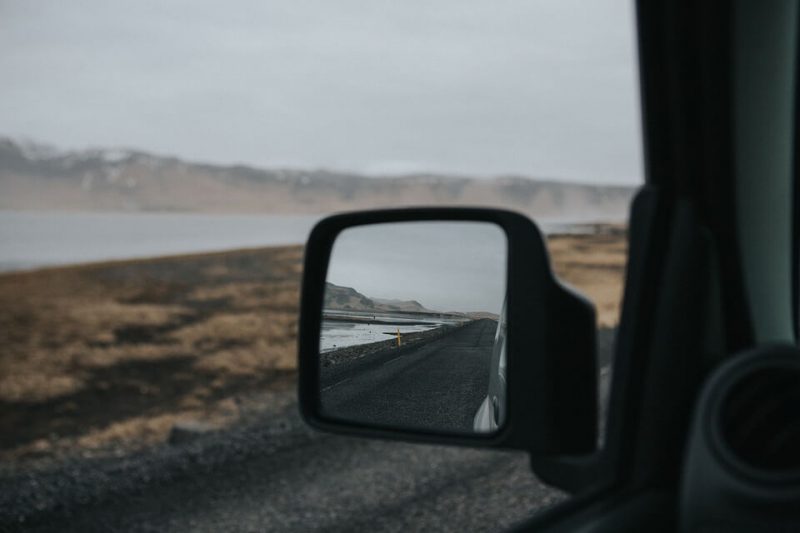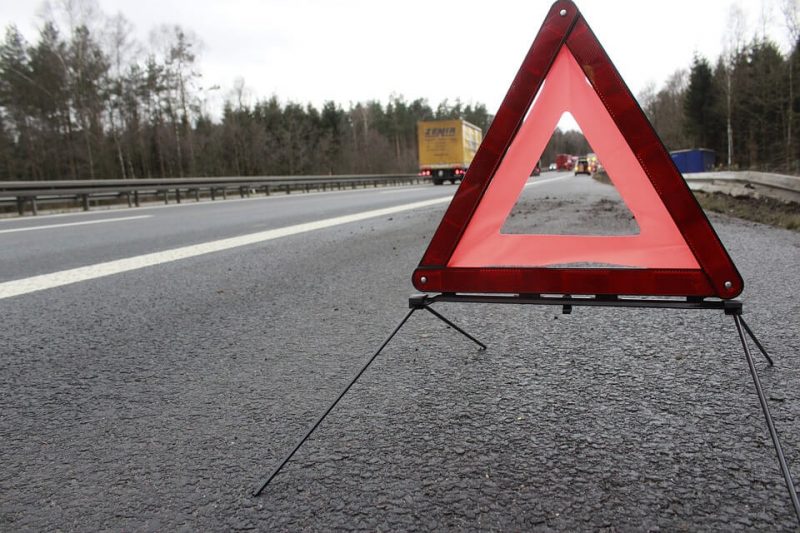Protecting LoneWorkers On The Road.
Many people are back and forth to work, short distances and long distances. But we all know that we can have our bad days and if that’s problems with your car then it could cause you to have a very bad day.
Have you ever thought of your lone worker’s safety when on the road? For example, do they know how to change a wheel on a vehicle? And do they know the highway code? Yes, a lot of people are covered by the AA but what if your lone worker has no signal or their phone is dead? How can they call the AA? What if its freezing cold outside and they have nothing to keep them self warm? But importantly have you ever thought your lone workers should carry a Road Side Safety Bag in their boot?

A basic roadside emergency kit should include some of the following items:
1. Charged mobile phone. Although this item will probably be on your person, it may make the difference between getting help fast and maybe not getting help at all. “Make sure it is properly charged every time you get into your car.
3. Fire Extinguisher. What Is The Best Car Fire Extinguisher?
4. Three reflective warning triangles. While many prepackaged emergency kits contain one warning triangle, you should have three that are placed 50 feet apart to warn oncoming traffic.
5. Tyre gauge. Motorists should use the tyre gauge in their car emergency kit to periodically check the air pressure in their spare tyre . Make sure your spare tyre is properly inflated, a lot of the time people ignore it until they have a flat, and then discover the spare is flat, too.
6. Foam Tyre sealant. A quick, inexpensive way to repair many flats without changing the tyre.
7. Jumper cables. They should be at least 10 feet in length and coated with at least 8-gauge rubber.
8. Flashlight and extra batteries. The flashlight should be waterproof.
9. Gloves.
10. Rags.
11. Duct tape. It is the universal fix-it solution. Carry at least 10 feet of it.
12. Tow strap or tow rope. It should be strong enough to tow 6,000 pounds.
13. Multipurpose utility tool. This can be something like a Leatherman Tool or a Swiss Army Knife.
14. Rain poncho. Even an inexpensive plastic poncho is better than nothing when changing a tyre in the pouring rain.
15. Drinking water.
16. Nonperishable snacks. Protein bars are a good choice.
During the winter you should add a few other items if you might encounter snow and ice:
17. Warm blanket.
18. Snow shovel.
19. Cat litter. It works as well as the sand beneath the tyre for traction and weighs less.
20. Windscreen ice scraper.
Break Down
If you break down on a dual carriageway how far away from your vehicle should you place a warning triangle?

Where can you buy a roadside safety bag?
Roadside safety bags advertised on Amazon : Breakdown safety kit
You can also create your own safety bag for your lone workers.
 MyTeamSafe
MyTeamSafe